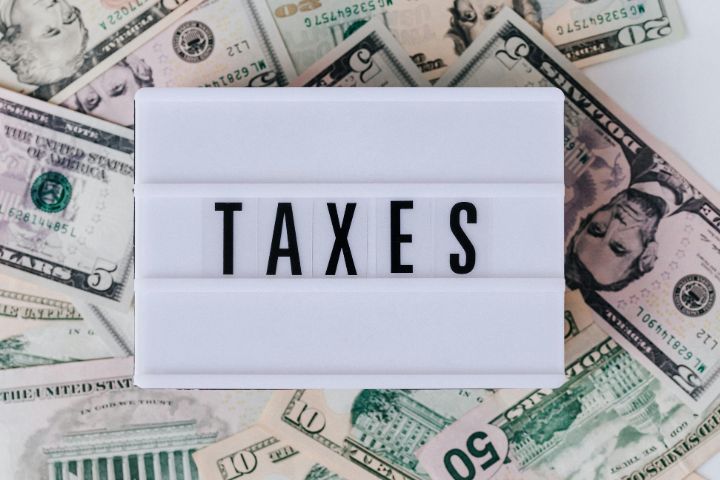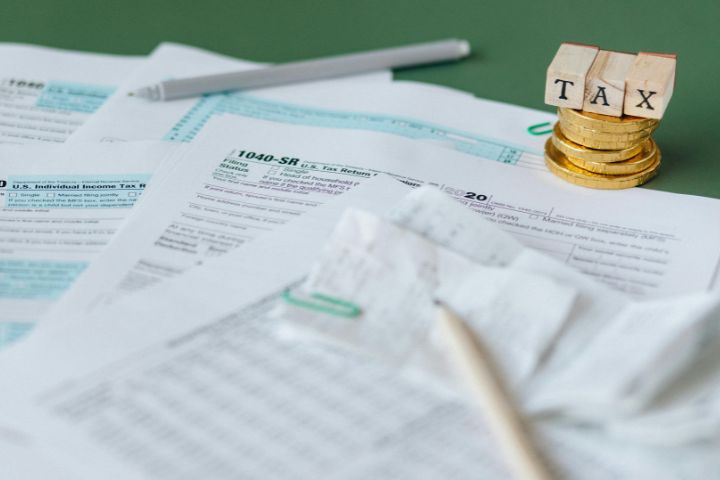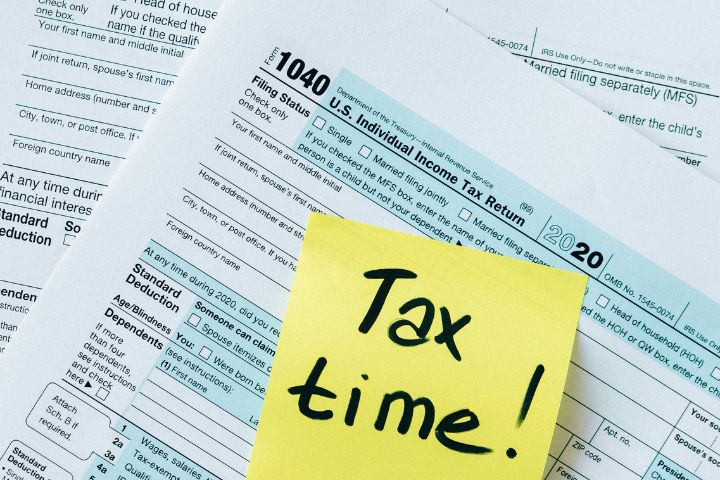
The IRS (Internal Revenue Service) is the U.S. federal government agency responsible for collecting taxes, enforcing tax laws, and administering the Internal Revenue Code. Handling taxes can be overwhelming, but you might receive a refund if you’ve overpaid. While working with the IRS may not sound exciting, these 15 strategies will surely make the process surprisingly entertaining!
File Your Tax Return Like A Pro

Start with the basics: file your tax return. It might sound obvious, but it’s essential for snagging a refund. Ensure accuracy and completeness by using trusted software or hiring a pro. After all, they’ll help uncover any deductions or credits that could boost your return.
Double-Check For Errors

Imagine getting a gift and not unwrapping it properly. That’s what happens if you don’t double-check your tax return. Errors can delay your money back. So, thoroughly review your return for math errors and missing information before filing. It’s like giving a final polish before it hits the IRS.
Claim Every Deduction And Credit

Deductions and credits are your tax-saving allies. Hence, scoop up every eligible perk, from student loan interest to eco-friendly upgrades. Homeowners don’t miss out on deducting that mortgage interest—it can be a hefty sum. And if you’ve donated to charities, those contributions can also uplift your returns.
Utilize The IRS Online Tools

The IRS has some cool online tools for tracking your cash flow! Use the “Where’s My Refund?” tool to see where your money is. Filing electronically and choosing a direct deposit helps speed up the process and cut down on errors, so you get your payback faster and more reliably.
Set Up Direct Deposit

Go for a direct deposit to fasten your reimbursement. It’s quicker, safer, and more convenient than waiting for a check in the mail. The IRS usually processes direct deposit refunds within 21 days of e-filing. Think of your return zooming straight into your bank account—instant gratification at its finest!
Stay On Top Of Your Correspondence

Just in case the IRS requests more information, pay attention to their letters or notices. Respond promptly to prevent delays in your rebate. This move is sure to keep the IRS in the loop and avoid a cliffhanger. However, be sure to save copies of all correspondence for tracking and proof.
Review Your Tax Withholding

Are you consistently overpaying your taxes? It might be time to adjust your withholding. Use the IRS withholding calculator to find the right amount to withhold from your paycheck easily. This simple adjustment helps you avoid significant recompensation and a big tax bill at year’s end.
Check For Refundable Credits

Refundable credits are the holy grail of refunds. They lower your bill and can even increase your payout if they exceed what you owe. A sample of this includes the Earned Income Tax Credit (EITC) for low to moderate-income workers and the Child Tax Credit for kids under 17.
Amend Your Tax Return

Realizing you made a mistake after filing your return isn’t the end of the world. So, if you plan to file an amended return, fill out the Form 1040-X. This allows you to correct errors and increase your payment. However, make sure to file the correct one on your second chance.
Look Into Tax Relief Programs

Financial hardship can be challenging, but the IRS offers relief programs like the IRS Fresh Start Initiative. This program can reduce penalties and interest, potentially increasing your payback. It also makes it easier to qualify for installment agreements, allowing you to pay off your debt over time.
Use Tax Software Efficiently

Tax software is not just for filing your return; it’s your superhero. Step-by-step guidance helps you master the laws and discover every deduction for which you are eligible. It’s consistently on the lookout for errors and omissions, so your repayment reaches you faster and mistake-free.
File A Tax Refund Reissue Request

Don’t worry if your payout check goes missing. Simply contact the IRS to request a reissue for the same. When the tracking tool shows the payment was issued but hasn’t arrived, the IRS will trace and reissue it. However, you need to be patient, as the process may take several weeks.
Verify Your Bank Account Information

If your direct deposit reimbursement hasn’t arrived yet, verify your bank account details with the IRS. A wrong account number might send your payment on an unexpected detour. If mistakes are found, the IRS could switch gears and send your payment as a paper check.
Consider Tax Refund Anticipation Loans

While tax refund anticipation loans offer quick cash based on your expected repayment, they often come with unexpected fees and high interest rates. This will result in a reduction in the amount of your actual refund. These loans can then be helpful for urgent financial needs, but they also carry risks.
Seek Professional Help

Feeling overwhelmed by taxes is a common challenge. A professional can guide you and offer personalized advice to ensure you get every penny you’re due. They simplify the complex process, save you time, and handle any IRS audits or communications, giving you peace of mind.
